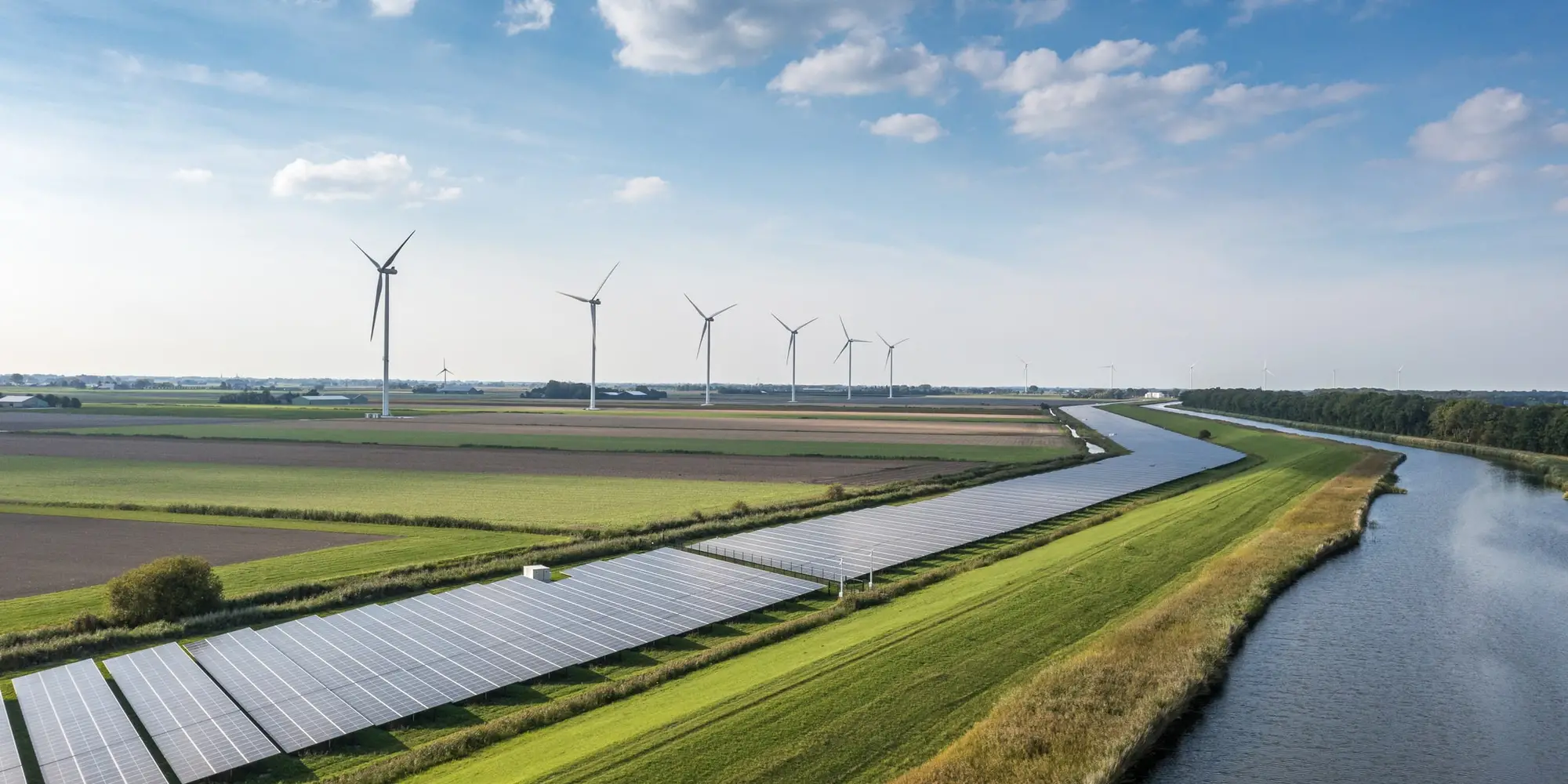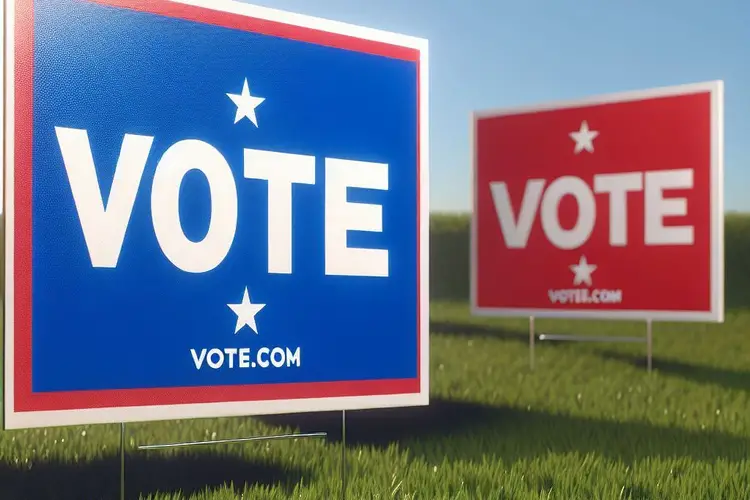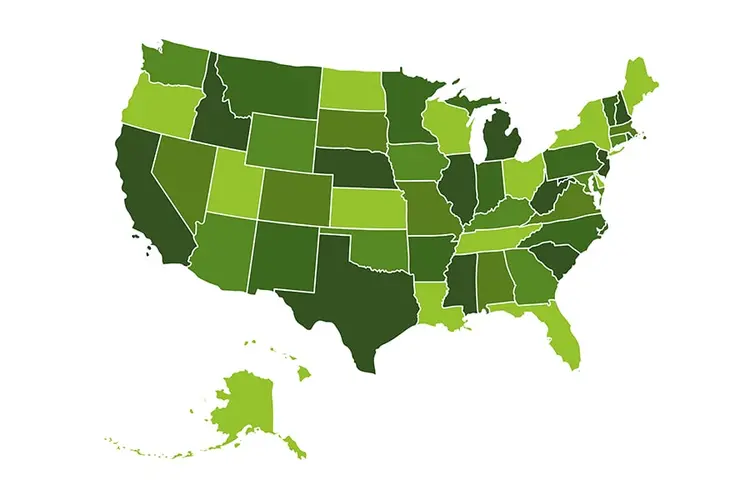
What Voters Need to Know About Climate Policy as the Election Approaches
Media Inquiries
With residents in the southeastern United States still recovering from the devastation of Hurricanes Helene and Milton, extreme weather events and the environment are on the minds of many Americans. Climate change is an existential challenge that requires changes in personal behavior and large-scale innovation at the policy level.
Karen Clay(opens in new window), the Teresa and H. John Heinz III Professor of Economics and Public Policy at Carnegie Mellon's Heinz College and a senior fellow at the Scott Institute for Energy Innovation(opens in new window) has researched and written extensively on clean air, energy and climate. In the following interview, she discussed the environmental issues she believes policymakers — and voters — should focus their attention next.
Climate issues that matter most
The paired problems of air pollution(opens in new window) and climate change are among the most pressing issues related to environmental policy(opens in new window) in the world today, Clay said. Nearly four in 10 people(opens in new window) in the U.S. live in places with unhealthy levels of air pollution, according to the American Lung Association. Health risks including stroke, heart disease, lung cancer and pneumonia are linked to air pollution(opens in new window).
“Air pollution(opens in new window) is more about particulate matter, where climate change is more about CO2 emissions,” Clay explained. “But many strategies to attack one of those problems will impact the other.”
Other major challenges are clean drinking water and water pollution. While Americans generally have high-quality drinking water, Clay said, that’s not true everywhere. Even in the United States, people are concerned about lead contamination(opens in new window) and PFAS(opens in new window) in drinking water. For those who rely on well water to drink, contamination from fracking(opens in new window), mining(opens in new window) and agricultural run-off(opens in new window) can be an issue as well.
Globally, about three in four people(opens in new window) have access to safely managed drinking water that’s local, available when needed and free from contamination, according to the World Health Organization. That statistic means one in four people do not.
“Around the world, many NGOs (non-governmental organizations) and other organizations are focused on clean drinking water,” Clay said.
Water pollution, likewise, is a threat in the United States(opens in new window) and other parts of the world. “We saw at the Paris Olympics how water pollution(opens in new window) is an issue,” Clay said, recalling delays in the triathlon events scheduled in the Seine River.
Where should policymakers focus their efforts?
Among myriad environmental concerns, elected officials must prioritize where to allocate time, effort and resources. Balancing what’s realistic and what’s urgent in terms of climate change, Clay said that investments in reducing air pollution and decarbonizing(opens in new window) the electricity grid should be among lawmakers’ highest priorities.
“I’m optimistic about things like battery storage for electricity,” Clay said. “Prices need to come down and we’re not there yet, but we’ve made a lot of progress.”
Natural gas and gasoline consumption are likely to decline and be replaced eventually with electricity, Clay said. That transition requires investments in upgrading the energy grid to allow for the more efficient movement of electricity.
The increased need for electricity is already evident. For example, data centers that support the world’s technology needs today consume 10 to 50 times the energy(opens in new window) per floor space of a typical commercial office building.
As technology continues to grow, society will increasingly rely on electricity to power their homes and lifestyles.
“We’re going to consume a lot more electricity, and so we need electricity transmission upgrades, we need investments in EV (electric vehicle) charging and we need batteries,” Clay said.
Batteries allow renewable energy to be used more evenly throughout the day and the year. Effective and efficient battery storage would reduce the need for energy companies to rely on peaker plants(opens in new window) when the wind isn’t blowing or the sun isn’t shining to produce wind and solar energy — or when the energy demand is particularly high, such as during intense heat waves.
Clean water(opens in new window) is another key priority policymakers must continue to focus on, according to Clay.
One challenge in tackling water pollution is the existing construction of sewer systems across much of the U.S. Many communities(opens in new window) have combined sewer systems(opens in new window) that collect both sanitary sewage and stormwater runoff into the same pipeline. Combined systems can overflow during heavy rains, causing raw sewage to flow into local waterways. That contamination has an effect on fish and wildlife as well as recreational activities like swimming and boating.
Mitigating the system to protect clean drinking water and avoid polluted waterways can be expensive, Clay explained, as it often requires building a second system so that sewage is sent to water treatment plants and stormwater runoff is carried to local water storage basins and waterways.
Rain gardens and urban green spaces are wonderful ways to reduce runoff and can complement these larger infrastructure solutions but are not effective at the scale needed. “Fixing the thing that’s wrong — having a separate sanitary sewer system — is the only real solution,” Clay explained.
Related Resources & Research by Professor Karen Clay
- The Impact of Lead Exposure on Fertility, Infant Mortality, and Infant Birth Outcomes(opens in new window)
- Canary in a Coal Mine: Infant Mortality and Tradeoffs Associated with Mid-20th Century Air Pollution(opens in new window)
- Energy and the Environment in Economic History(opens in new window)
- The Historical Impact of Coal on Cities(opens in new window)
- Does LEED certification save energy? Evidence from retrofitted federal buildings(opens in new window)
Where are we now? The answer might be more positive than you think.
Some of the necessary investments to address these challenges are already happening. Despite having names that don’t sound particularly focused on the environment, two pieces of recent legislation are making a difference, Clay said.
The 2021 Bipartisan Infrastructure Law(opens in new window) and the 2022 Inflation Reduction Act(opens in new window) provide substantial funding to improve the energy grid(opens in new window) and energy storage(opens in new window), to address the need for clean drinking water(opens in new window) and to deliver cleaner air(opens in new window). The Environmental Defense Fund(opens in new window) called the measures “the most ambitious environmental laws in U.S. history.”
The Department of Energy (DOE)’s resulting 2022 Building a Better Grid Initiative(opens in new window) aims to deliver clean energy from where it’s produced to where it’s needed. Financed with more than $20 billion in federal funding, the DOE is upgrading and expanding the nation’s electric transmission grid(opens in new window) to support resilience, reliability and decarbonization.
The Bipartisan Infrastructure Law allocates more than $50 billion(opens in new window) to the Environmental Protection Agency (EPA) to improve the nation’s drinking water, wastewater and stormwater infrastructure. The funding is earmarked to replace lead service lines(opens in new window), eliminate forever chemicals(opens in new window) from drinking water(opens in new window) and upgrade sewer systems and wastewater treatment facilities to reduce water pollution(opens in new window). The Inflation Reduction Act includes $4 billion to address drought in the western United States and $20 billion to support voluntary conservation(opens in new window) on ranches and farms across the nation.
In addition to federal funding, Clay said that certain policies on vehicle, power plant and methane emissions have been effective in moving the needle on climate change.
“These policies go through an extensive review process, so they’re typically implementing the correct strategies,” Clay explained. “Although sometimes, once they’re in place, it becomes evident that they’re not stringent enough.”
Most of the real progress on decarbonization has been made in the electricity sector, Clay said, because of the switch from coal to renewable energy. One upcoming challenge is how to get buy-in from homeowners and businesses to transition renewable energy.
“If we can get widespread uptake of things like heat pumps to heat homes instead of natural gas or oil furnaces, and if we can make progress on renewable energy in the transportation sector, that will have an impact,” Clay explained.
Clay’s current research focuses on the historical patterns of carbon emissions as well as energy transitions and home heating. She’s hopeful that understanding past trends with energy transitions can inform future strategies(opens in new window) on energy policy.
Policymakers in the U.S. and around the world face a weighty responsibility as they continue to address both the causes and effects of climate change. Clay’s insights highlight the importance of continued research and evidence-based decision making to shape effective environmental policy. The path forward demands a collective effort from policymakers, researchers and the public to foster a resilient and sustainable world for generations to come.
"The average American is now aware that climate change is a serious issue, and they want the government to be doing something about it," Karen Clay said in an interview with CBS.https://t.co/2ZkYk5hfZj
— CMU Scott Institute for Energy Innovation (@CMUenergy) October 2, 2024



